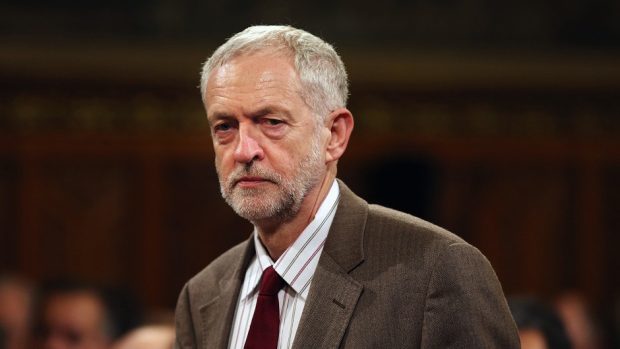Jeremy Corbyn has backtracked on his stance about the police having a shoot-to-kill policy in the event of a Paris-style terrorist attack on British soil.
The Labour leader had come under fire from MPs across the political spectrum after he warned such a policy could be “counter-productive”.
David Cameron told him to “review” his stance, while former Scottish secretary Alistair Carmichael branded it “wrong”.
Last night, Mr Corbyn maintained there were “clear dangers to us all” in any kind of shoot-to-kill policy.
He also insisted terrorist attacks must not be used to undermine the “very freedoms and legal protections we are determined to defend”.
But, in a report to Labour’s ruling NEC, he added: “Of course I support the use of whatever proportionate and strictly necessary force is required to save life in response to attacks of the kind we saw in Paris.”
The clarification came after a fiercely hostile reaction from a number of his own MPs at Monday’s meeting of the parliamentary party and those in other parties.
Mr Cameron was asked in the Commons yesterday whether he thought depriving the police of a shoot-to-kill policy would make the public safer.
The prime minister replied: “No I absolutely don’t.
“I hope that the leader of the opposition will review his remarks.”
Speaking to the Press and Journal outside the chamber, Northern Isles MP Mr Carmichael said it was “bizarre” to think of denying Britain’s police and security forces the right to use lethal force if necessary.
The Liberal Democrat home affairs spokesman added: “I’m reminded of the position that we put some of our troops in when serving in Northern Ireland in the 1970s and 1980s.
“Jeremy Corbyn is wrong to say that there are no circumstances in which there should be a shoot-to-kill policy.”
But he insisted: “That said, any such policy requires the most careful consideration and must not leave police officers in a situation where they do not know where they stand.”
Mr Corbyn has also questioned the legality of the drone strike which killed Mohammed Emwazi – known as Jihadi John – and told MPs they could not expect a free vote on extending RAF air strikes against Islamic State (IS) into Syria.
